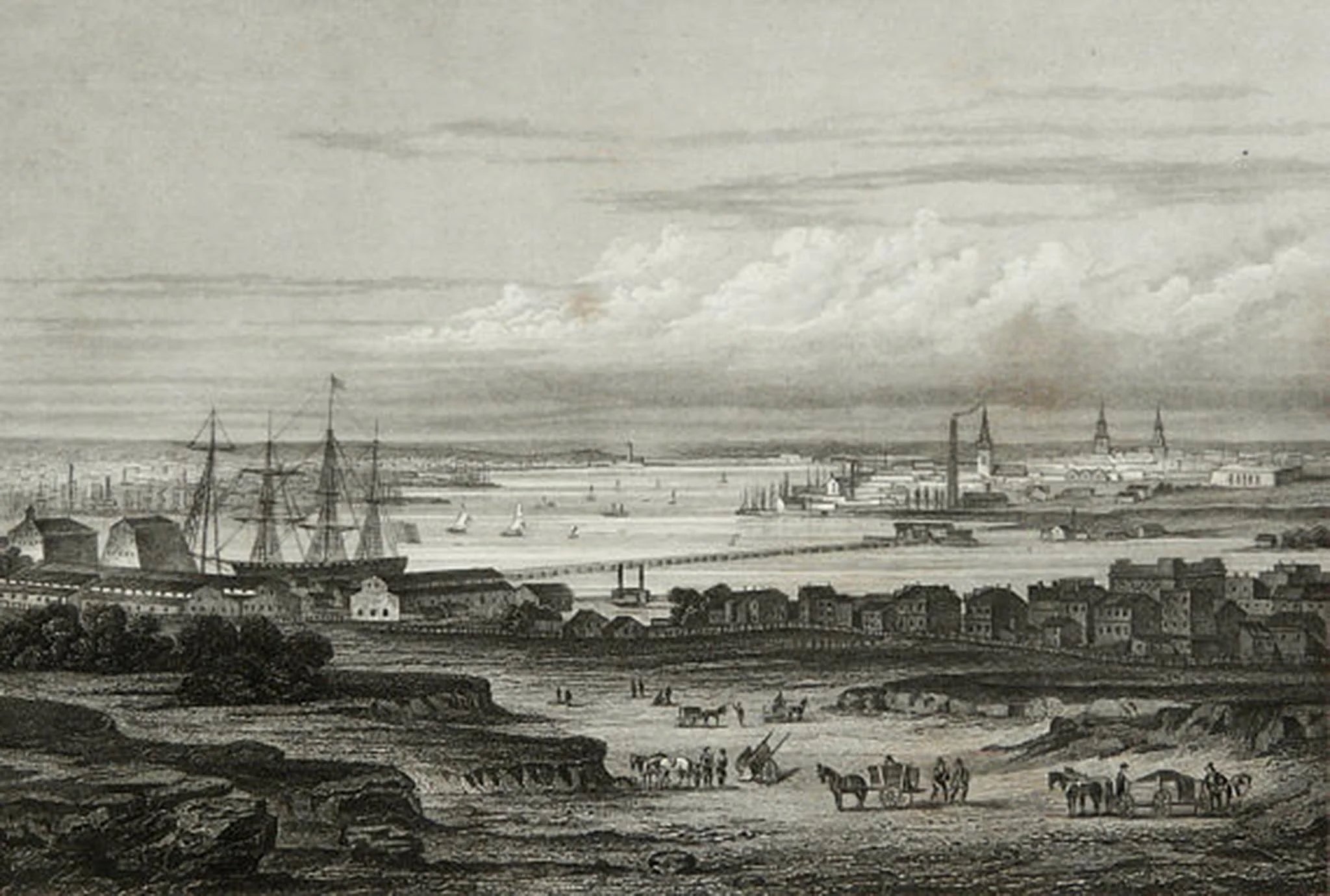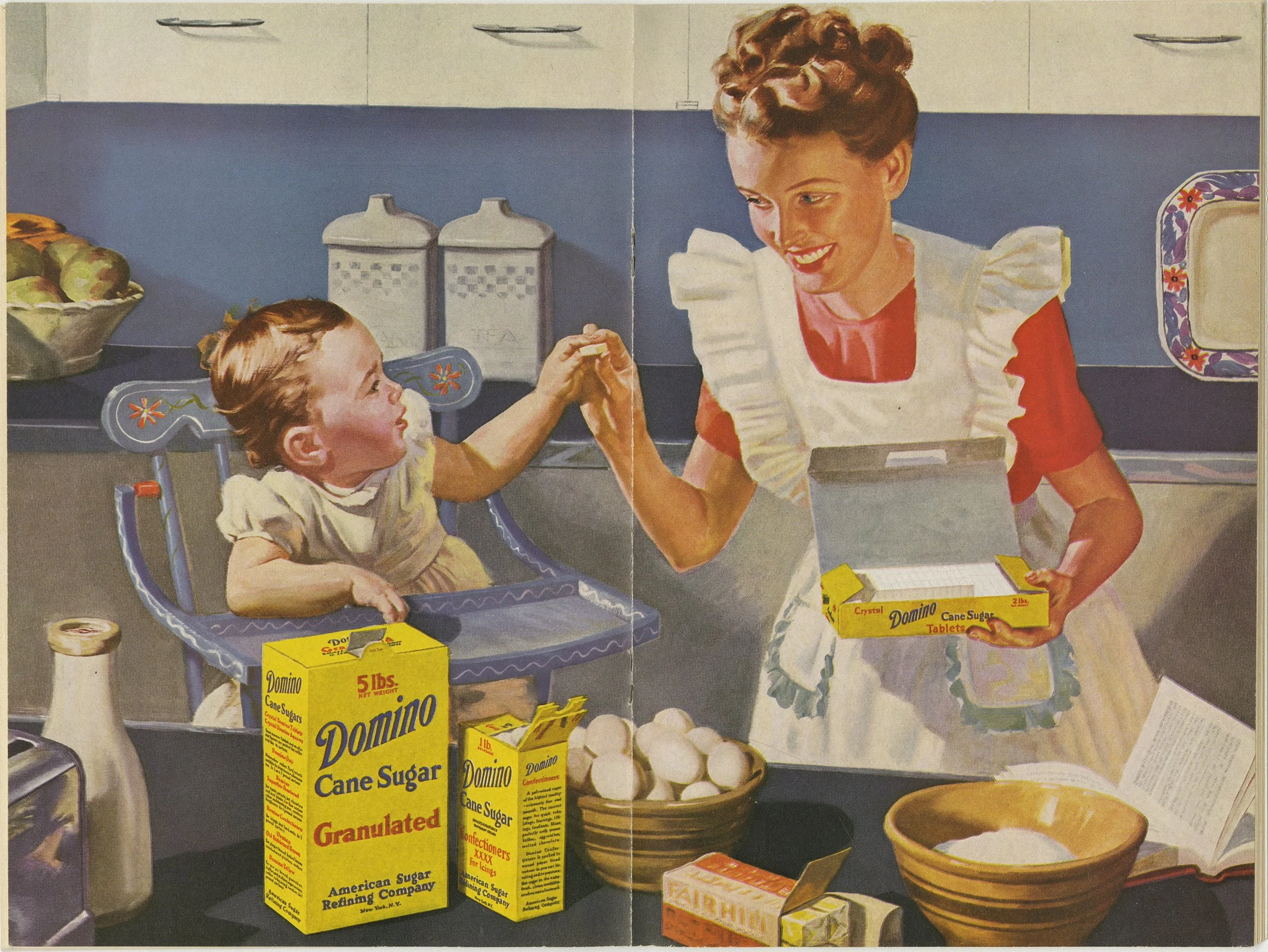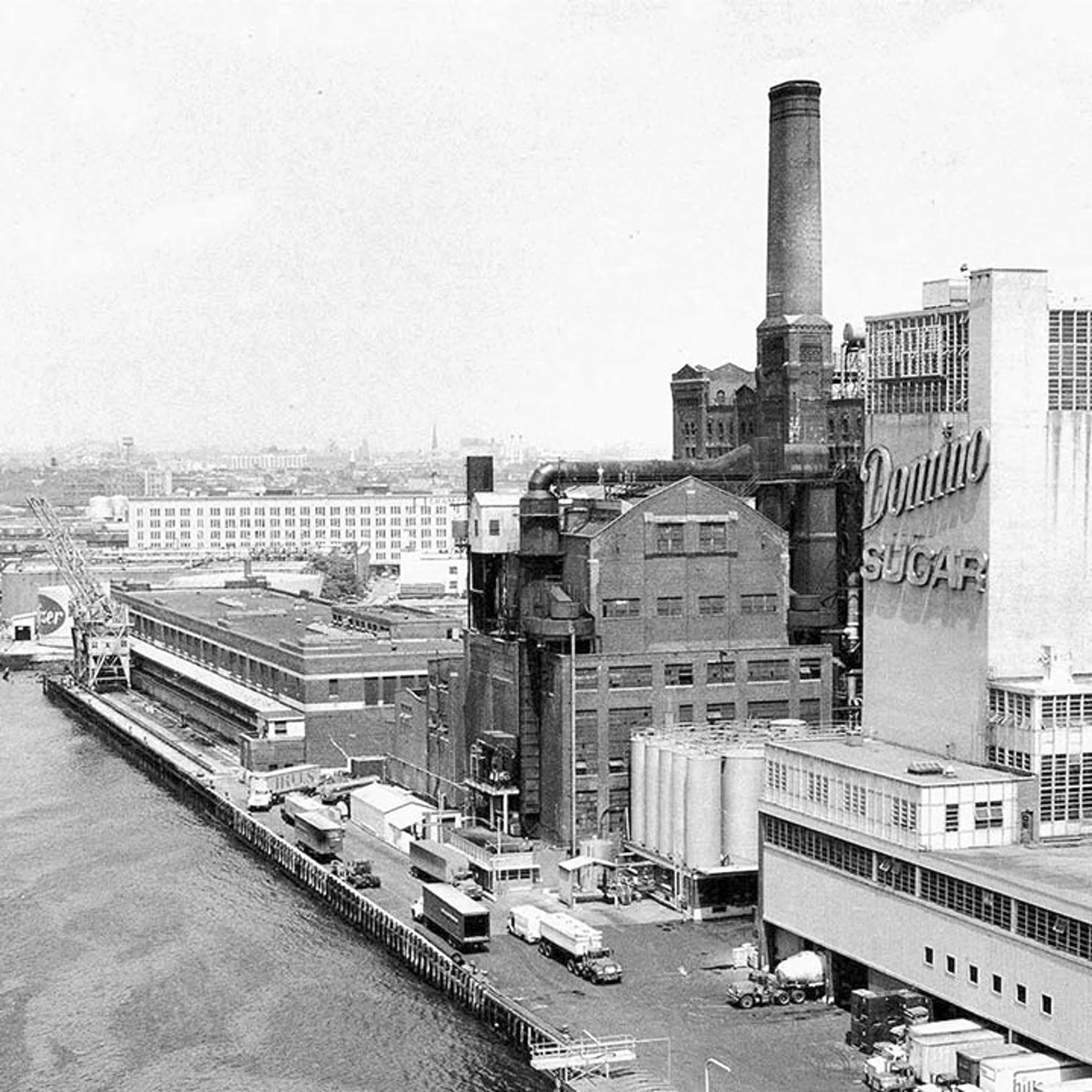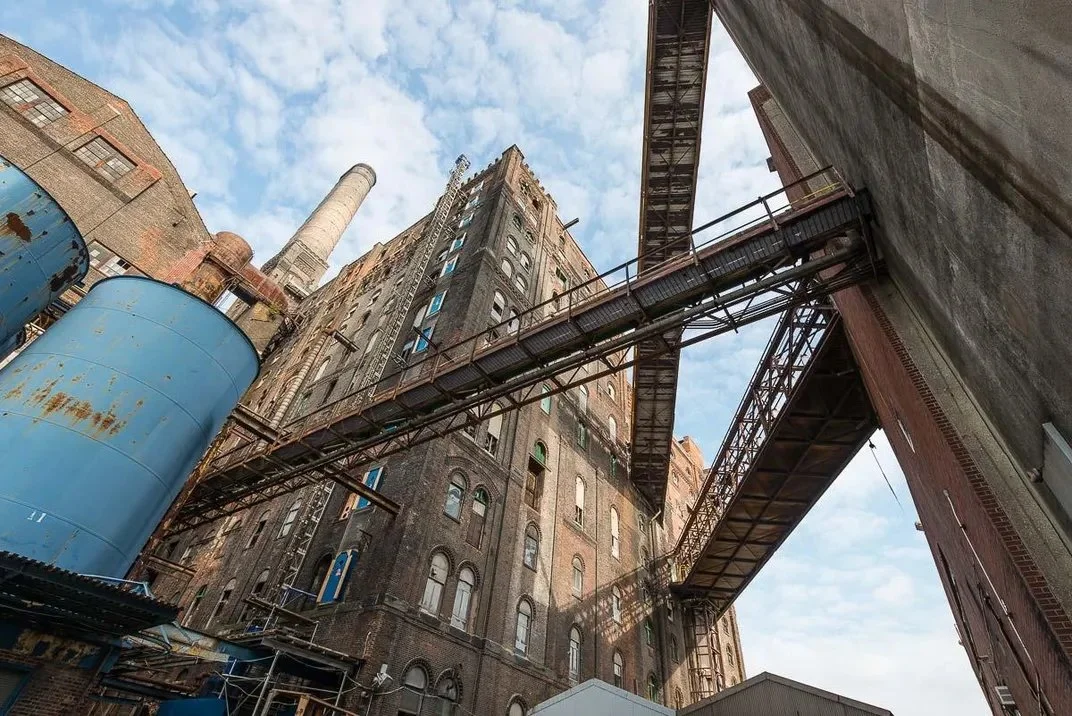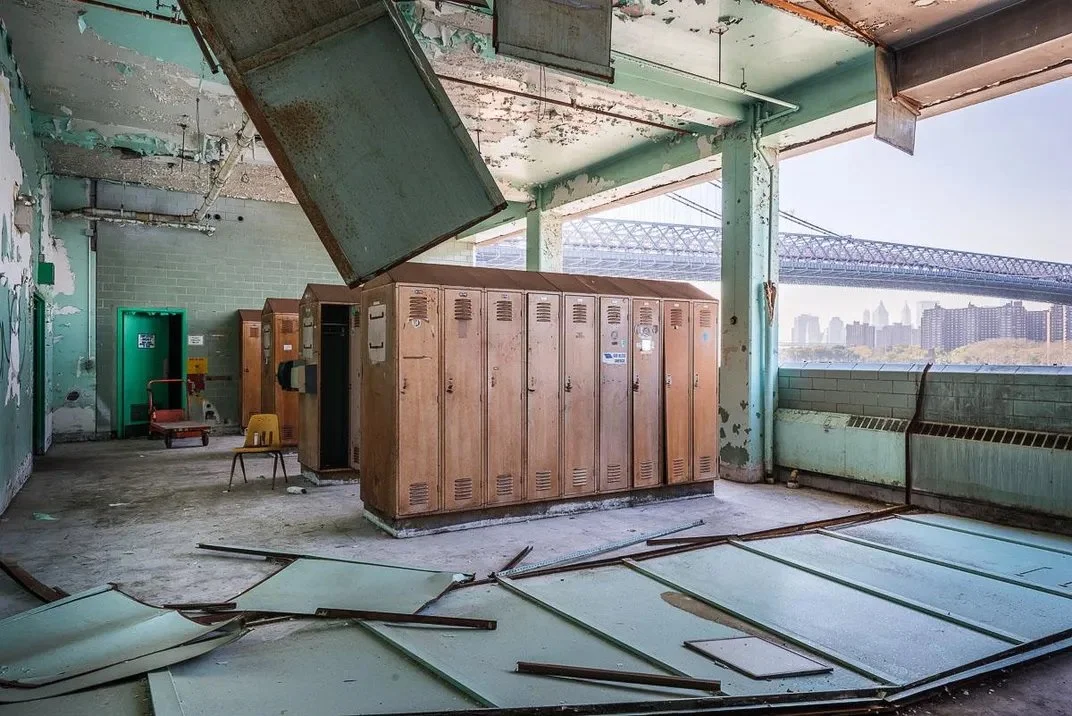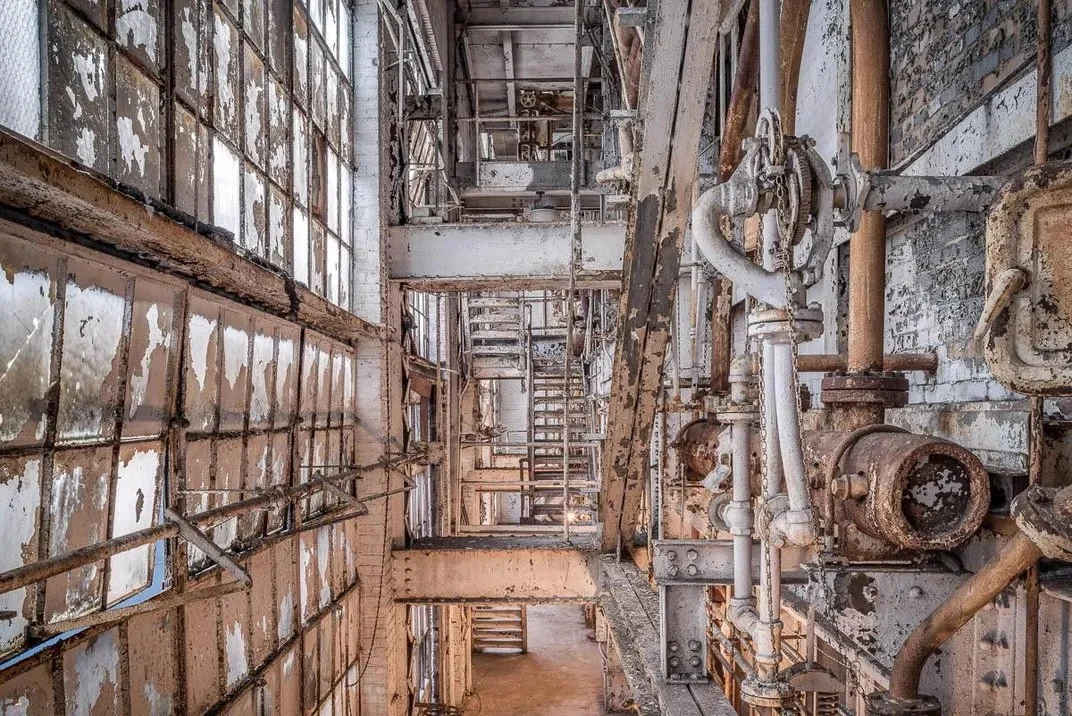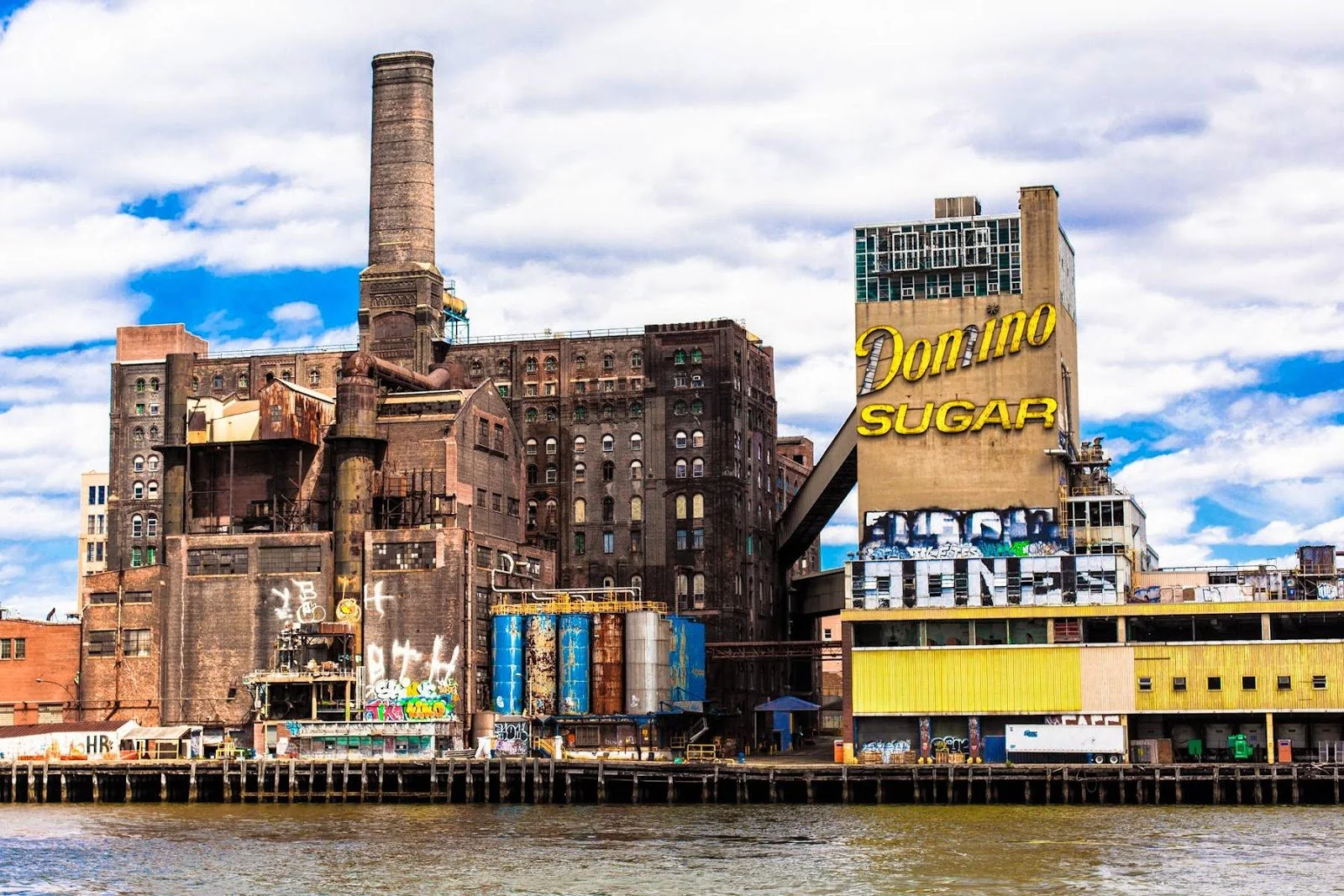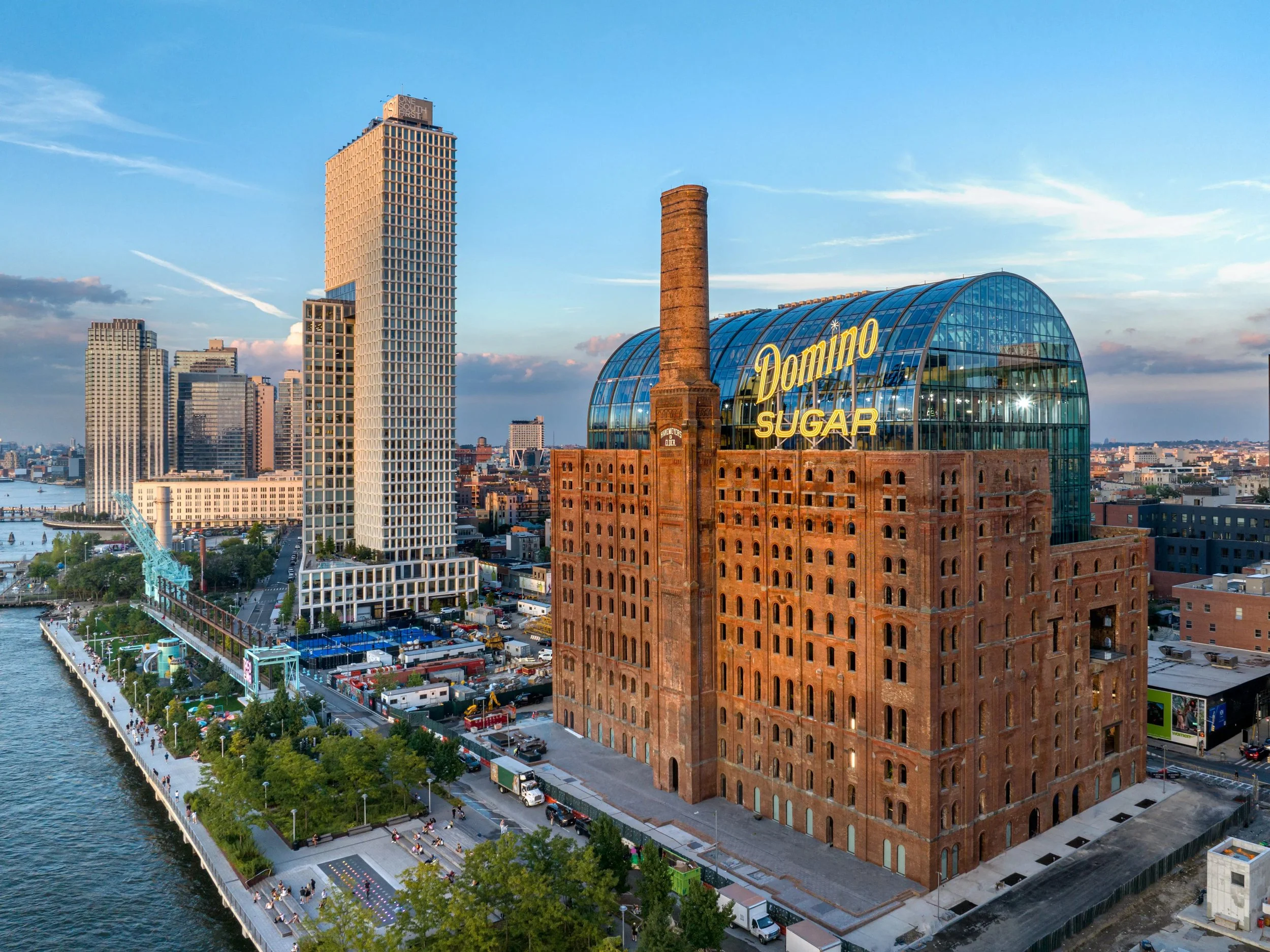The Domino Sugar Factory
Until the mid-20th century, Williamsburg’s waterfront thrived as a key industrial hub, powering much of Brooklyn’s manufacturing economy.
In 1827, the village of Williamsburgh Brooklyn was incorporated along the East River and after joining the city of Brooklyn in 1855, experienced rapid growth. The Havemeyer family’s first Williamsburg refinery was established there in 1856. A fire destroyed the original structures at South Third Street and Kent Avenue so a new complex was constructed in 1882 at the current site.
Photo: NYPL Digital Archives
Photo: NYPL Digital Archives
William F. Havemeyer, Jr., one of the two sons from the second generation who ran the company from 1828 to 1842, went on to become mayor of New York City three times non-consecutively! - Photo: NYPL Digital Archives
By the late 19th century, the factory had become one of the largest sugar refineries in the world, processing over half of the sugar consumed in the United States. The company played a significant role in making refined sugar a household staple, shifting it from a luxury item to an everyday necessity.
The new refinery. - Photo: NYPL Digital Archives
Early Domino advertisment.
In 1891, the refinery became part of the American Sugar Refining Company, which dominated the U.S. sugar industry and operated as a monopoly. By 1900, the company had rebranded as Domino Sugar, a name that would become synonymous with refined sugar for generations.
Photo: NYPL Digital Archives
During the early 20th century, the Domino Sugar Factory remained a massive operation, employing thousands of workers. However, the plant was also a site of labor unrest, as workers protested harsh conditions, low wages, and long hours.
At its peak, the factory was capable of refining more than three million pounds of sugar per day.
Photo: NYPL Digital Archives
By the mid-20th century, the American sugar industry faced increasing competition from foreign markets and was weakened by the rise of high-fructose corn syrup as a sugar substitute.
Photo: NYPL Digital Archives
After nearly 150 years Domino Sugar closed in 2004, leaving hundreds unemployed and signaling the decline of industrial production along Brooklyn’s waterfront.
Photo: NYPL Digital Archives
The site sat abandoned for years, with its massive Domino Sugar sign remaining a familiar sight along the East River. Thanks to preservationists In 2007, the city designated parts of the complex with landmark status.
Photo: The Refinery
In 2012 The Domino Sugar Refinery building was purchased by a developer and converted into a mixed-use space. The surrounding area was transformed into Domino Park, a public waterfront park that opened in 2018.
If you're looking for premiere office space in an amazing, amenities driven building, 'The Refinery at Domino' (as it's now branded) might be for you.

